Bites with No Signs of Bugs: Your Comprehensive Guide
No More Bites: A Guide to Preventing Pests in Your Bed - Say goodbye to bed bug bites, flea bites, and other unwanted visitors with our expert tips for a pest-free bed. Sleep soundly tonight.
What Is Biting You?
Bites with no signs of bugs can be a mystery to many people. They can be itchy, painful, and even lead to infections if left untreated. In this article, we will explore the different causes of bites with no signs of bugs, the symptoms associated with these bites, and the best treatment options available.
Causes of Bites with No Signs of Bugs
There are many different causes of bites with no signs of bugs, including:
- Skin conditions: Skin conditions such as eczema, psoriasis, and dermatitis can cause itching and redness, leading to bites that mimic bug bites.
- Allergies: Allergies to food, medication, or environmental factors can cause itching and hives, leading to bites that look like bug bites.
- Chemical reactions: Exposure to chemicals such as detergents, soaps, and perfumes can cause itching and redness, leading to bites that mimic bug bites.
- Physical irritants: Physical irritants such as tight clothing, jewellery, and harsh fabrics can cause itching and redness, leading to bites that look like bug bites.
- Sunburn: Sunburn can cause redness, itching, and peeling, leading to bites that mimic bug bites.
Symptoms of Bites with No Signs of Bugs
The symptoms of bites with no signs of bugs can vary depending on the underlying cause. Common symptoms include:
- Itching: Itching is the most common symptom of bites with no signs of bugs.
- Redness: Redness is often present with bites with no signs of bugs.
- Swelling: Swelling can occur around the bite site with bites with no signs of bugs.
- Pain: Pain may be present with bites with no signs of bugs.
- Blistering: Blistering can occur with bites with no signs of bugs.
Treatment Options for Bites with No Signs of Bugs
Treatment options for bites with no signs of bugs vary depending on the underlying cause. Common treatments include:
- Anti-itch creams: Anti-itch creams, such as hydrocortisone creams, can help relieve itching and swelling associated with bites with no signs of bugs.
- Antihistamines: Antihistamines, such as Benadryl, can help relieve itching and swelling associated with bites with no signs of bugs.
- Cold compresses: Cold compresses, such as ice packs, can help relieve itching and swelling associated with bites with no signs of bugs.
- Avoidance: Avoidance of the underlying cause of bites with no signs of bugs is important for preventing future bites.
Bites with no signs of bugs can be a mystery to many people, but understanding the causes and symptoms can help you get the best treatment options available. If you are experiencing bites with no signs of bugs, it is important to speak to your healthcare provider for proper diagnosis and treatment.New paragraph
What Insects Commonly Bite You?
Many insects can bite humans, including mosquitoes, ticks, fleas, bed bugs, lice, and mites.
The severity and symptoms of insect bites can vary depending on the type of insect and the person's individual reaction.
Some insect bites can cause itching, swelling, redness, and pain, while others can transmit diseases. It is important to take precautions to prevent insect bites and seek medical attention if you experience severe or persistent symptoms.
Mosquitoes

Mosquito bites are a common problem for many people, especially in warm and humid climates.
Mosquitoes are small, flying insects that feed on the blood of animals, including humans. When a mosquito bites, it inserts its proboscis into the skin and sucks blood, which can cause itching, swelling, and redness.
Mosquito bites can also transmit diseases, such as malaria, dengue fever, and West Nile virus, making it important to take measures to prevent mosquito bites, such as wearing protective clothing, using insect repellent, and staying indoors during dawn and dusk when mosquitoes are most active.
Mites
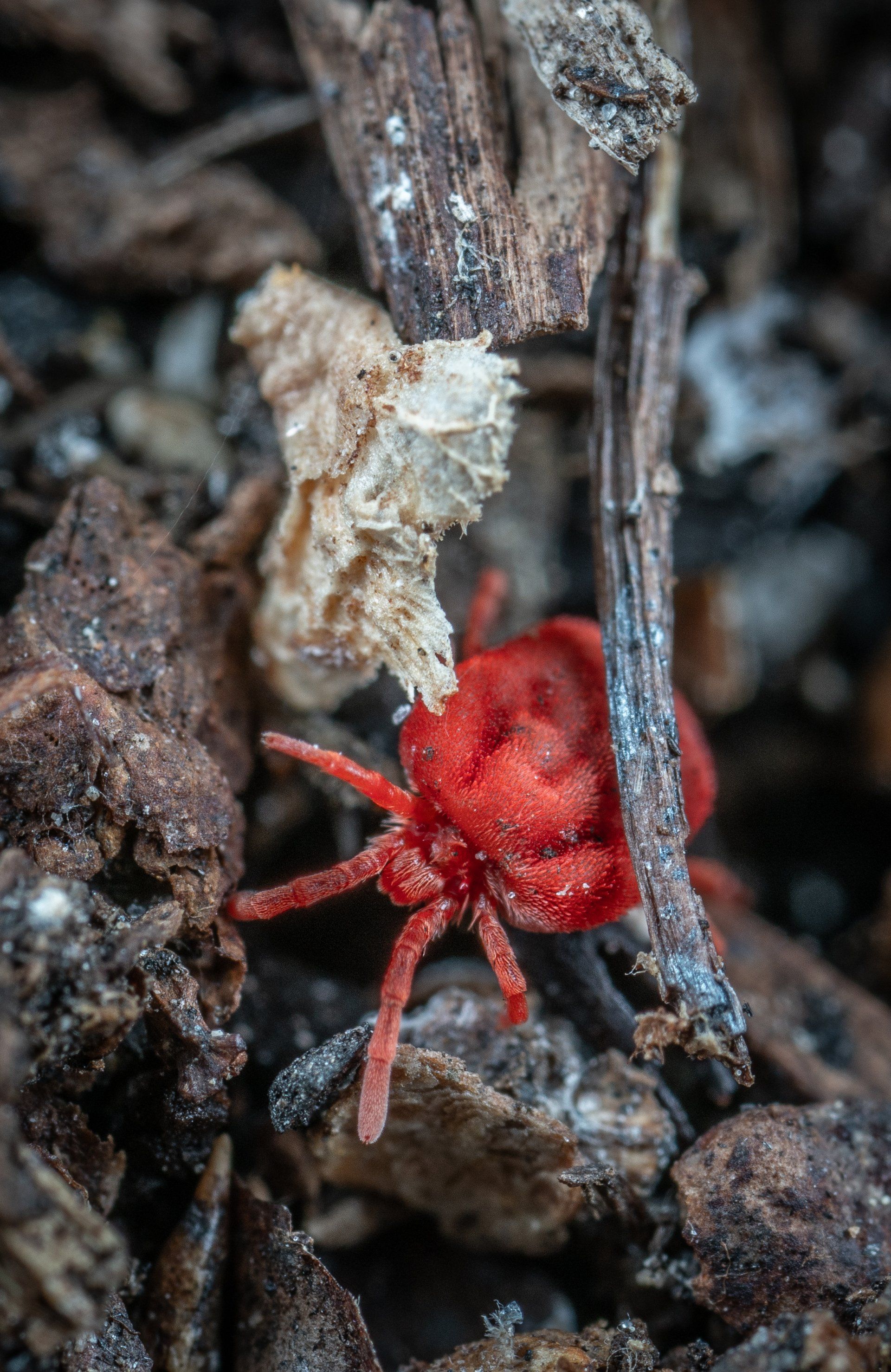
Mite bites can cause itching, redness, and skin irritation. Mites are small, spider-like creatures that can live in a variety of environments, including homes, gardens, and farms. Some species of mites, such as dust mites and scabies mites, feed on human skin, while others feed on plants and animals.
Mite bites can be treated with over-the-counter creams and ointments, but in some cases, a prescription medication may be necessary.
To prevent mite bites, keep your living and working spaces clean and dust-free, and take steps to control mite populations in your environment, such as using mite-proof bedding and vacuuming regularly.
Lice
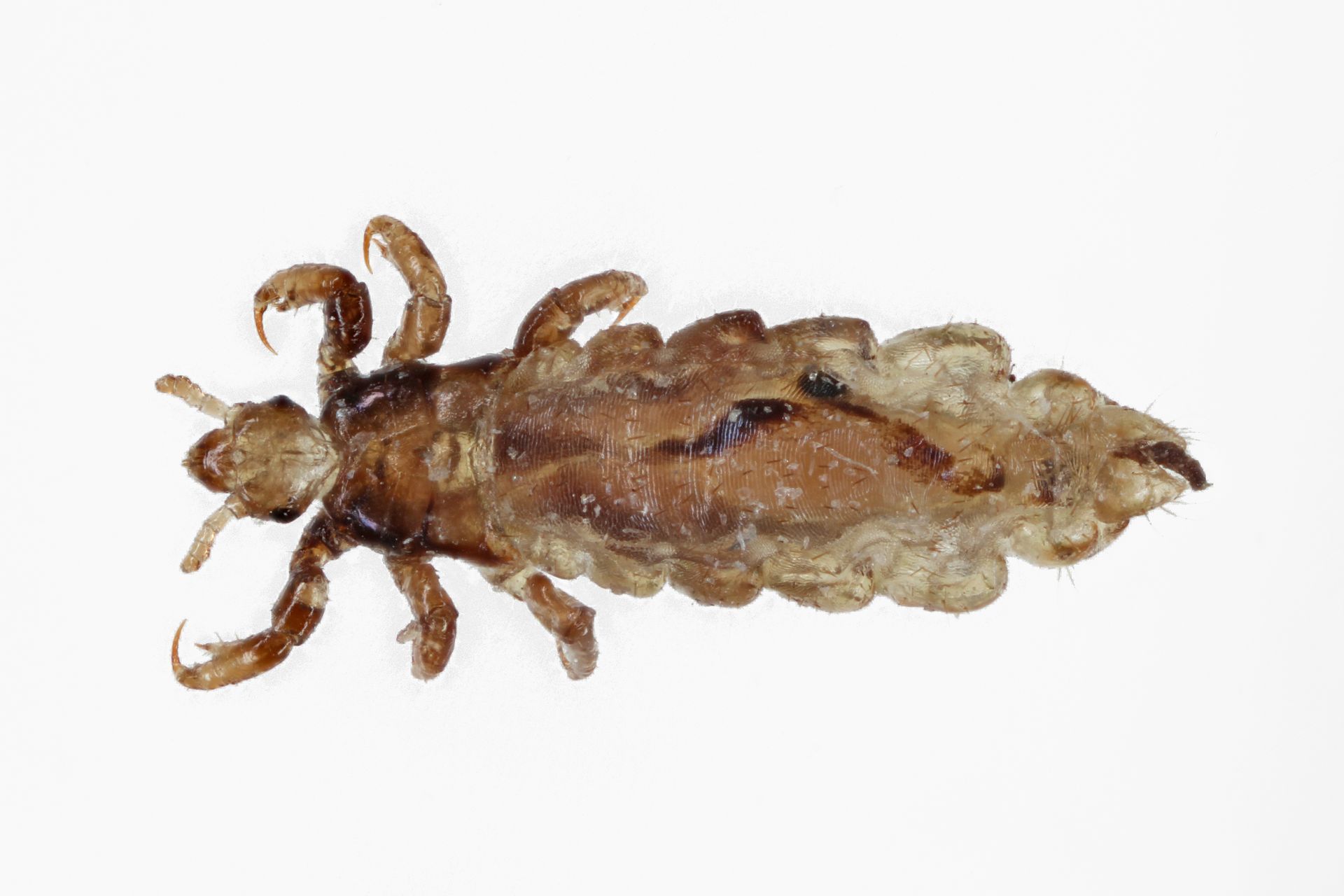
Lice bites are a common problem, especially among school-aged children.
Lice are small, parasitic insects that feed on human blood and can cause itching and skin irritation. Lice infestations are spread through close personal contact and the sharing of personal items, such as hats, combs, and brushes.
If you suspect you have lice, it is important to seek treatment, as lice can quickly spread from person to person.
Lice treatments typically involve over-the-counter or prescription medications and may also require manual removal of lice and nits (lice eggs) from the hair. To prevent lice infestations, avoid close head-to-head contact, avoid sharing personal items, and regularly wash bed linens and clothing in hot water.
Fleas
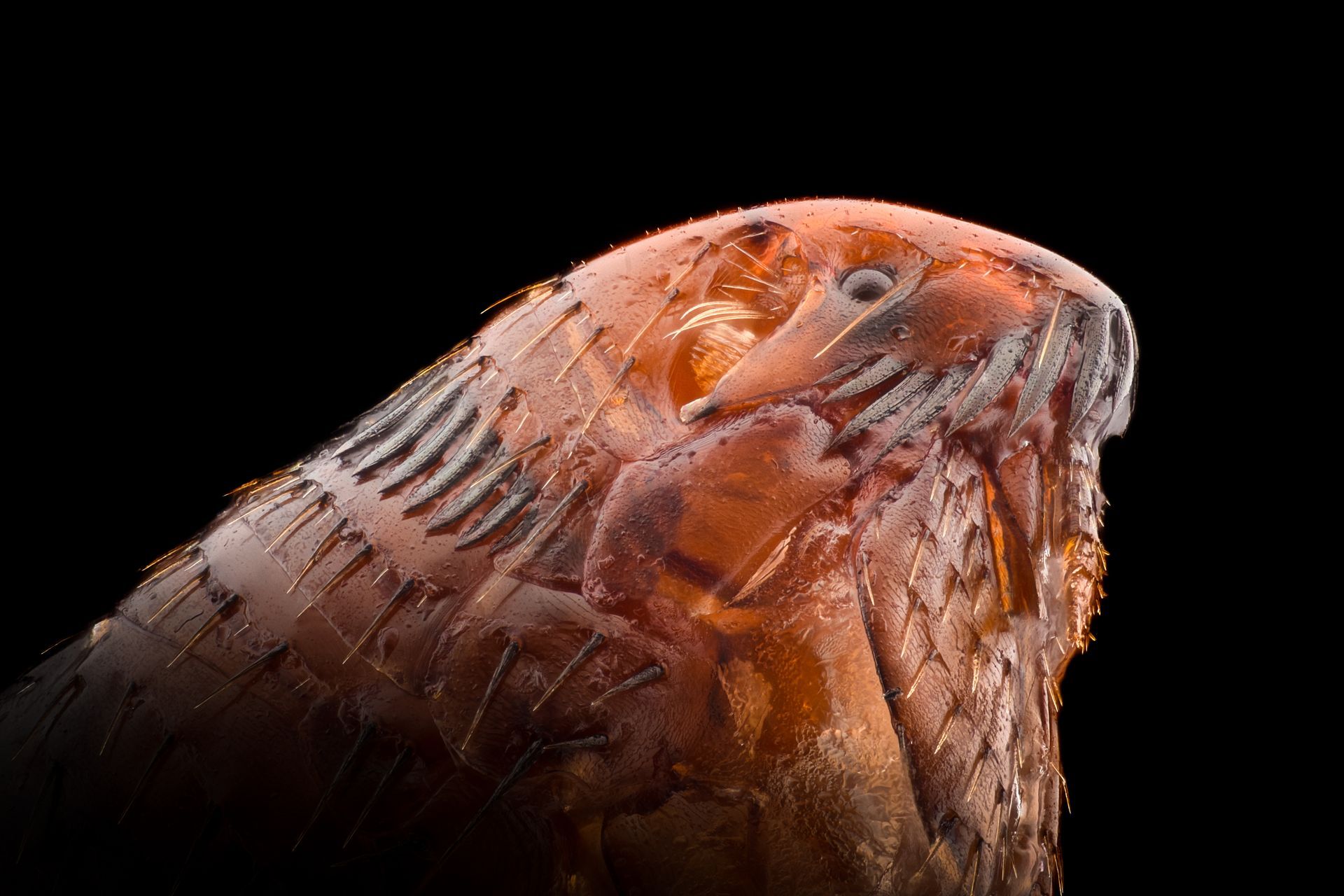
Flea bites can cause itching, redness, and skin irritation. Fleas are small, jumping insects that feed on the blood of animals, including humans.
Flea bites can occur when fleas infest pets, such as dogs and cats, or when fleas are present in the environment, such as in homes, yards, and parks. Flea bites often appear in clusters and can be mistaken for other types of insect bites.
To prevent flea bites, keep pets treated with flea preventative medications and vacuum regularly to remove fleas and their eggs from your environment. If you experience symptoms of flea bites, over-the-counter creams and ointments can provide relief, but in severe cases, a prescription medication may be necessary.
Bed Bugs
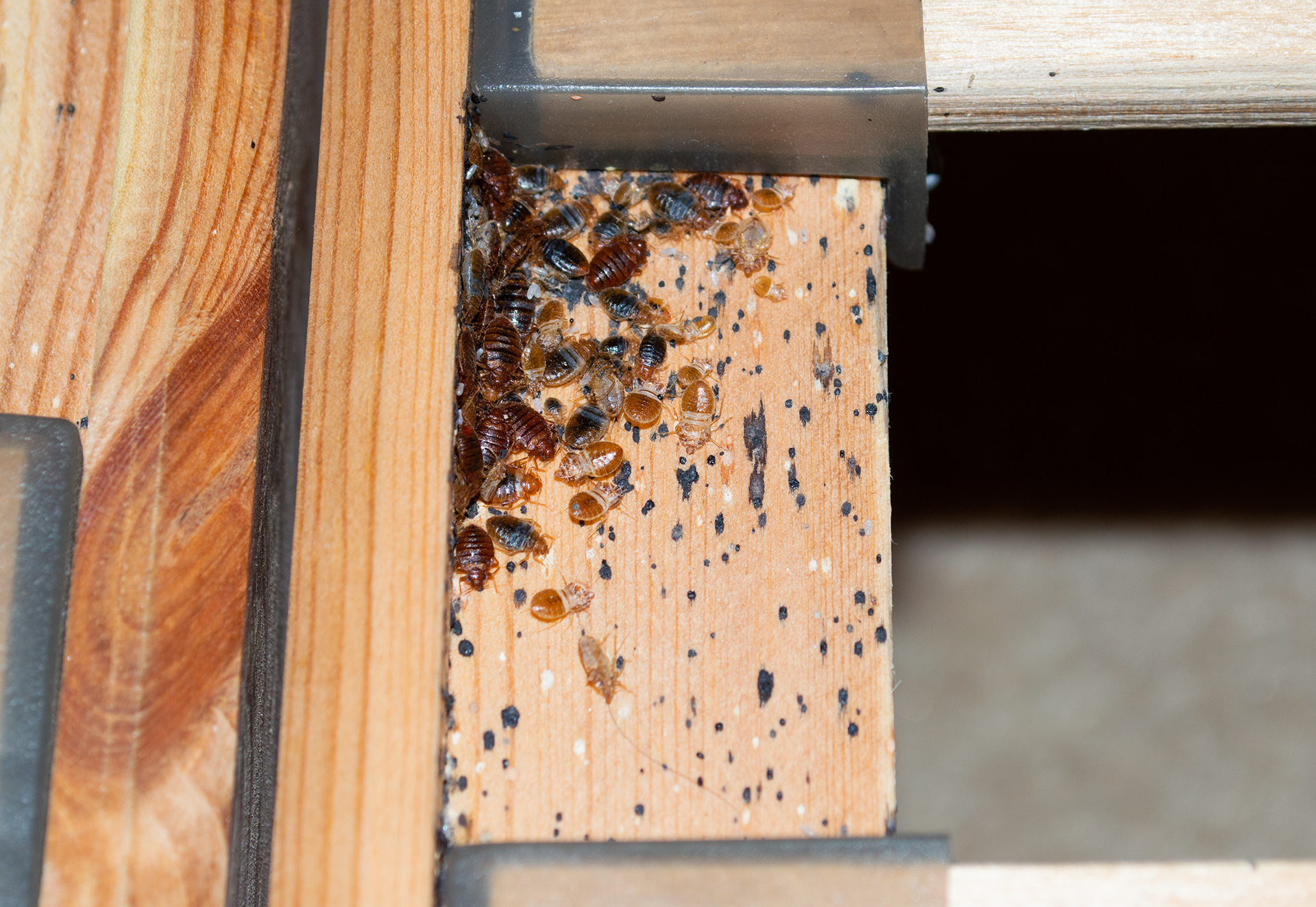
Bed bug bites can cause itching, redness, and skin irritation.
Bed bugs are small, reddish-brown insects that feed on human blood while their host is sleeping. Bed bugs are often found in beds and other furniture and can quickly spread from room to room.
Bed bug bites often occur in a line or cluster, and may be mistaken for other types of insect bites.
To prevent bed bug bites, regularly inspect your bed and surrounding furniture for signs of bed bugs and take steps to eliminate infestations, such as vacuuming and using bed bug-specific insecticides.
If you experience symptoms of bed bug bites, over-the-counter creams and ointments can provide relief, but in severe cases, a prescription medication may be necessary.
Biting Flies
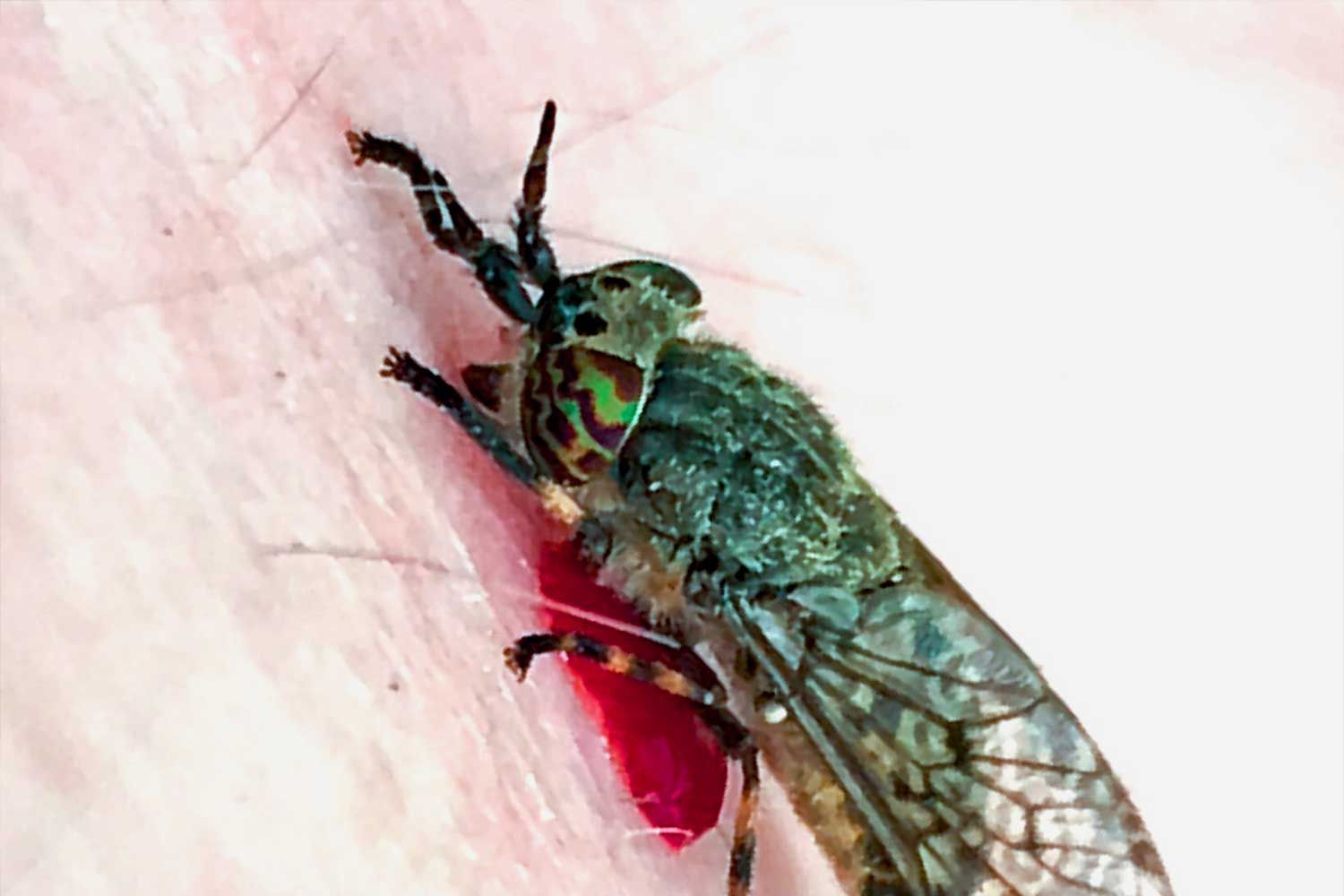
Fly bites can cause itching, redness, and skin irritation. Flies are common insects that feed on a variety of substances, including human blood. Fly bites often occur when flies land on exposed skin, such as the arms, legs, or face.
Flies are attracted to warm, moist environments, such as garbage, manure, and standing water. To prevent fly bites, keep outdoor areas clean and free of standing water, use insect repellent, and wear long-sleeved clothing and pants when outside.
If you experience symptoms of fly bites, over-the-counter creams and ointments can provide relief, but in severe cases, a prescription medication may be necessary.
It is important to seek medical attention if you experience severe or persistent symptoms or if you suspect you have been bitten by a disease-carrying fly. Fly bite infections can be severe and require clinical intervention if left.